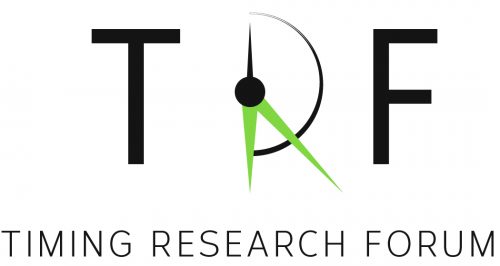The vestibular system is perceptually slow compared to other sensory modalities. Consequently, vestibular stimulation needs to occur prior to other sensory stimuli in order to be perceived as being simultaneous in tasks requiring multi-sensory integration. This could be a byproduct of the central nervous system relying on other sensory modalities to confirm sensory onset and prioritising physiological responses (as in reflexes) over conscious awareness.
In a recent paper in Neuroscience letters, Lupo & Barnett-Cowan (2017) investigated whether perceptual lags exist in response to temporally unpredictable postural perturbations (falls). If that is the case, there would be no lead time for vestibular stimulation relative to a control stimulation in a different sensory modality. This in-turn suggests that slow vestibular perception is restricted to direct vestibular stimulation and movements of the head and the onset of perception of a fall would be delayed relative to the control stimulus. In the current study, temporal order judgments were used to examine the perceived timing of a fall by pairing temporally unpredictable postural perturbations with an auditory stimulation. Temporal order judgments at various stimulus onset asynchronies (SOA) were used to determine the point of subjective simultaneity. Across subjects, the average point of subjective simultaneity (PSS) preceded the point of true simultaneity (a negative PSS).
A major limitation in the study is that the postural perturbations were initiated by the experimenter manually, and this gave rise to skewed SOA distributions. Using correlation and cross-validation analyses, the authors addressed this limitation and showed that the findings are robust to this limitation. Another limitation is that the perturbation stimulus and the level of auditory stimulus are not standardised across subjects. This might introduce significant inter-individual differences in the results, posing concerns on the generalisation of the results.
To summarise, the perception of the onset of a fall is perpetually delayed in human subjects. This delay can arise due to a slow inertial perception or due to slow vestibular perception. Future research need to tease apart these factors and identify the mechanisms that result in such perceptual delays. By showing that perceptual delays exist in healthy young subjects, Lupo & Barnett-Cowan suggest that such mechanisms might be impaired in humans with balance impairments, especially in aging population. Their work guides future research that aims at developing effective methods to help humans prone to fall behaviour.
Source article:
Lupo, J., & Barnett-Cowan, M. (2017). Perceived timing of a postural perturbation. Neuroscience Letters. 639, 167-172. doi: 10.1016/j.neulet.2016.12.055.
